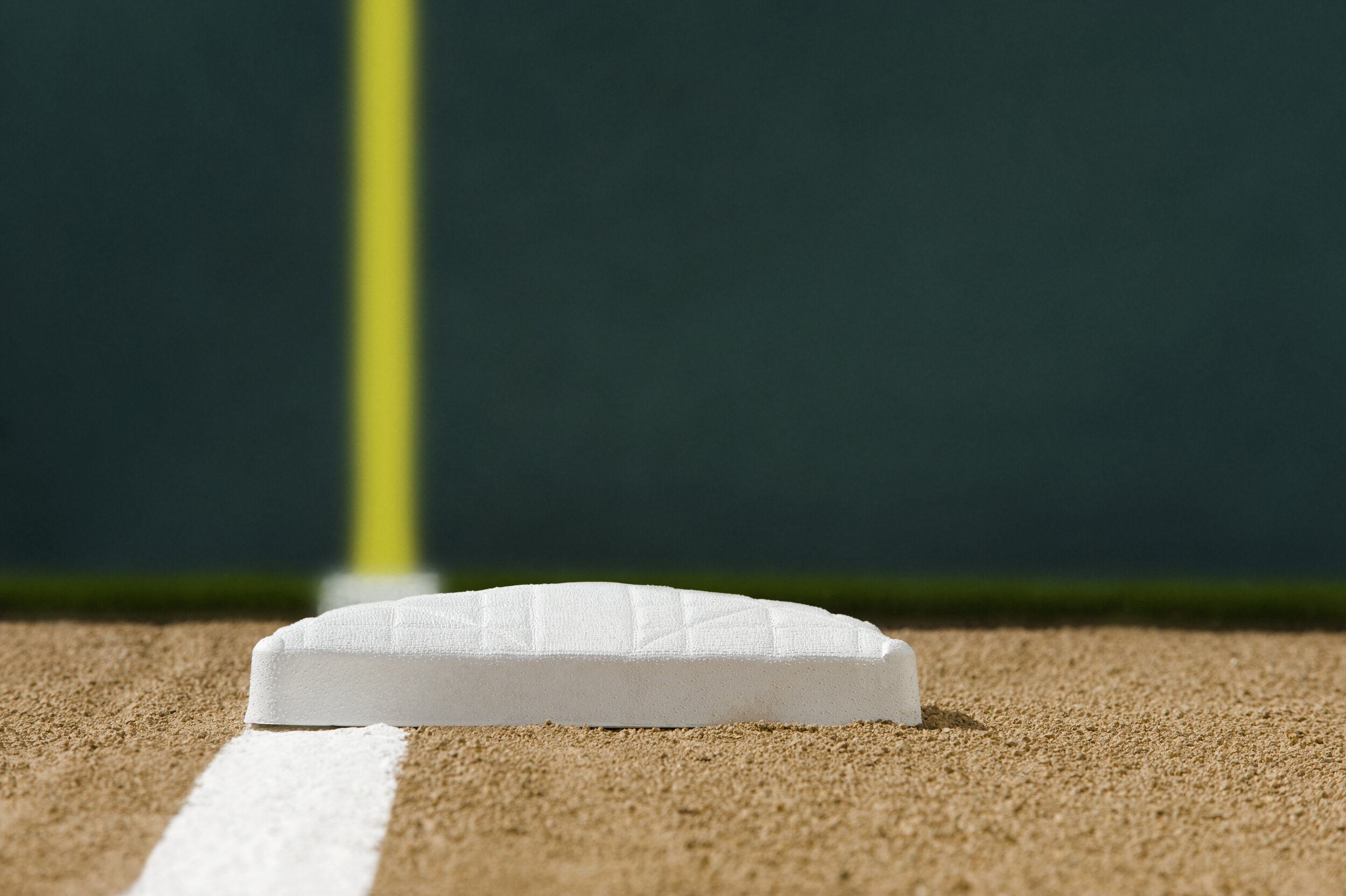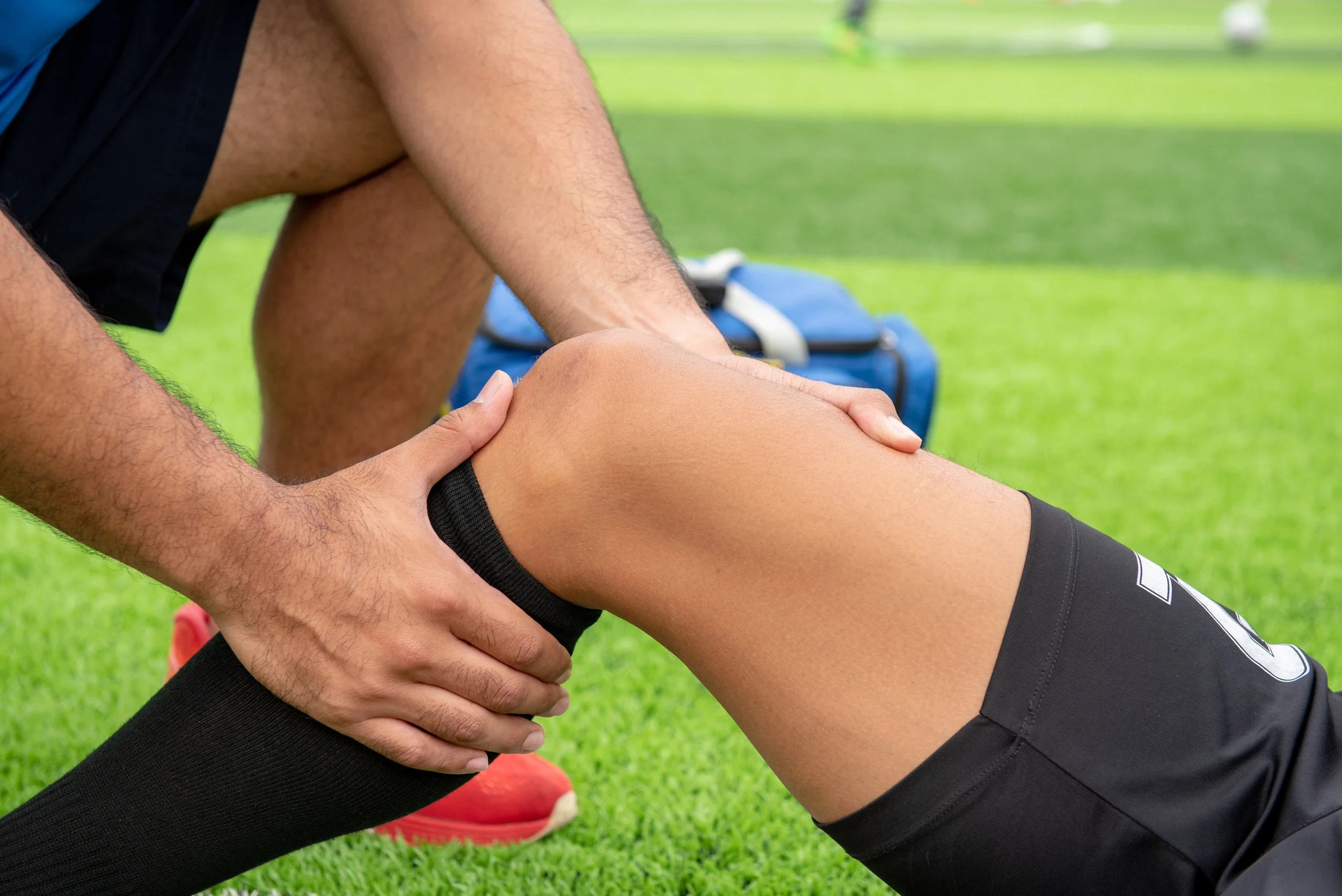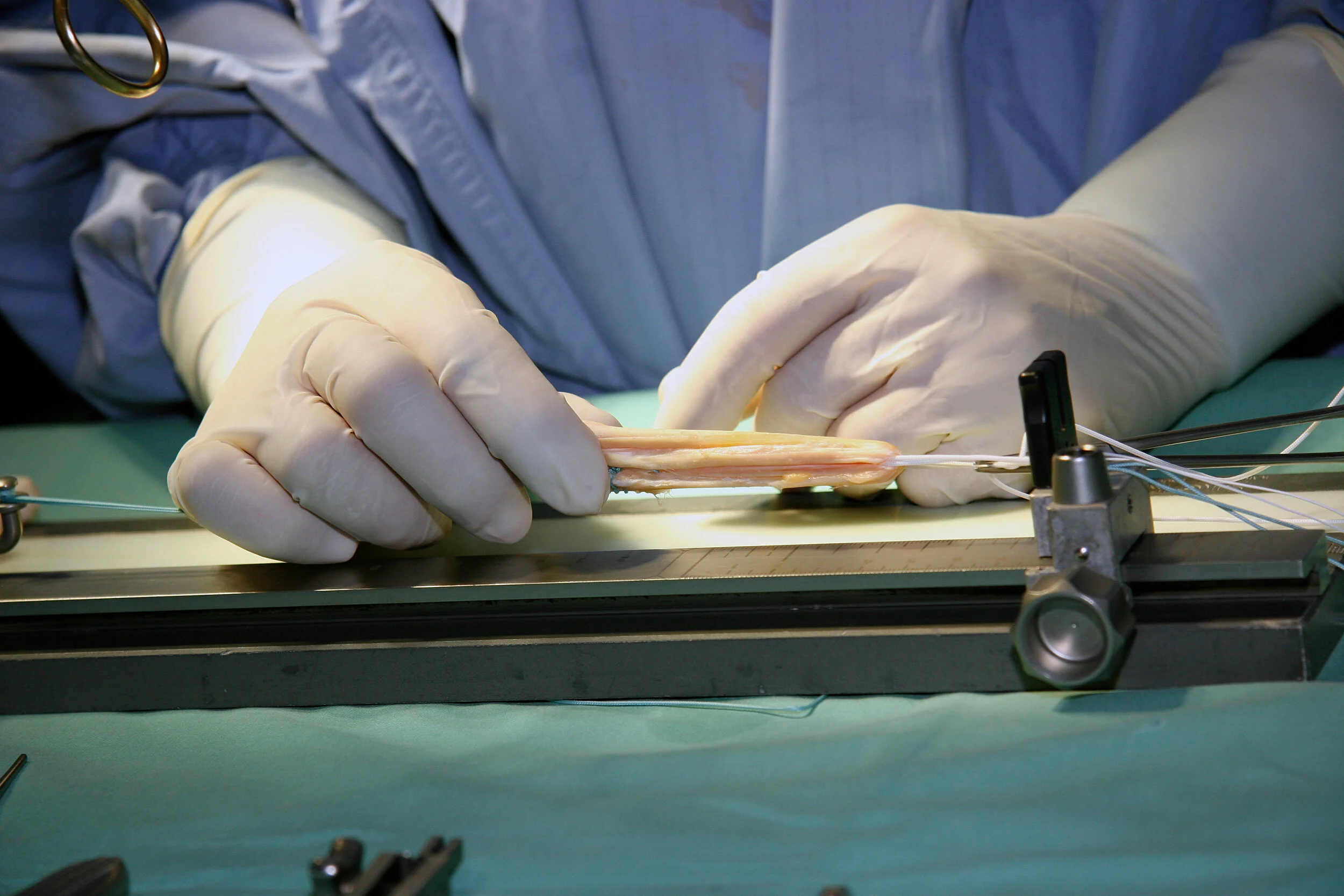Overview
The anterior cruciate ligament (ACL) is one of four major stabilizing ligaments of the knee. Its primary role is to prevent excessive motion between the femur (thigh bone) and tibia (shin bone). Specifically, it prevents the tibia from moving too far forward in relation to the femur.
There are an estimated 200,000 ACL injuries in the U.S. per year. The majority of anterior cruciate ligament injuries are non-contact injuries and female athletes have a higher rate of rupture than male athletes.
Sports with increased risk for ACL injuries include skiing, soccer, basketball and football.
Injury
How does the ACL Tear? The ACL tears when there is a combination of abnormal forces generated at the knee. Most non-contact ACL injuries occur when an athlete lands awkwardly, with the foot striking the ground flatfooted and the knee slightly flexed. This can generate a large force at the knee which twists the tibia forward, rupturing the ligament.
At the time of the injury, many will describe a popping or tearing sensation. There is often a significant amount of swelling of the knee soon after the injury. Further participation in activities immediately after a complete ACL injury is not possible.
Evaluation
Examination of the knee following an acute ACL injury may be difficult because there is often a significant amount of swelling.
Your physician may recommend removing the fluid from the knee to reduce the pressure, thereby decreasing the symptoms, and potentially allowing for a more accurate exam.
Careful examination following an ACL tear will reveal an abnormal looseness of the knee and may reveal other injuries.
Radiographs of the knee are important following an acute injury to evaluate for possible fracture.
MRI can confirm an ACL tear and will determine if there are any other injuries. MRI will also determine whether it is a complete ACL tear (ACL rupture) or a partial ACL tear.
Treatment
Following an acute anterior ligament injury of the knee an initial period of rest with icing and elevation is advised. Early rehabilitation after the injury is recommended to reduce swelling, regain motion, and maintain strength.
Complete ACL Tears
For complete ACL ruptures, anterior cruciate ligament repair or anterior cruciate ligament reconstruction is recommended for active individuals who would like to continue participating in sports. Surgery is also recommended for those who have instability (episodes where the knee “gives out”) with regular day to day activities.
Some individuals with low activity levels may be candidates for nonsurgical treatment. A period of rehabilitation is helpful whether surgery is planned or not.
Partial ACL Tears
When does a partial ACL tear require surgery? The decision to have surgery for a partial ACL tear will often be based on exam findings by an orthopedist and on symptoms.
An orthopedist will perform a number of tests including a Lachman exam, pivot shift test and an anterior drawer test. These tests aim to assess for the degree of ACL tearing.
A KT-Arthrometer is another tool used to assess the degree of instability in a partial ACL tear a may be used by your orthopedist to better quantify the degree of injury.
In addition, those who have symptomatic instability (knee “gives-out”) are candidates for surgery in the setting of a partial tear.
Frequently Asked Questions
What is the Difference Between ACL Repair and ACL Reconstruction?
ACL Repair involves suturing and reattaching your own torn ACL. ACL reconstruction involves removing the torn ACL and replacing it with a graft.
What is the Best Graft For ACL Surgery?
There are different graft choices for ACL Reconstruction. The two broad categories are autograft and allograft. Each graft type has strengths and weakness and a particular graft may be recommended based on the each person’s particular needs.
What is Revision ACL Surgery?
There is always a chance after ACL surgery that the repaired or reconstructed ligament re-tears. Those who would like to continue participating in sports may choose to have a 2nd (or even 3rd) ACL reconstruction.
Do I Have to Fix My ACL?
Can an ACL tear heal? Do I have to have ACL surgery? What happens if I do not fix my ACL tear? These are common and important questions after an ACL injury. ACL tears have very poor healing potential but not all ACL injuries require surgery. Much depends on the degree of ACL injury, the amount of symptoms and the level of activity.

How soon after an ACL injury should I have surgery?
Most orthopedists recommend waiting for knee swelling to resolve and motion and strength to improve before surgery. This may take a few weeks. Waiting more than 6 months may lead to an increased risk of injury to the cartilage and meniscus.
Best ACL Doctor in NYC!
“Dr. Cohen is an extremely knowledgeable orthopedic physician and has a genuine concern for his patients. Definitely one of the best NYC has to offer”
ZocDoc Review





